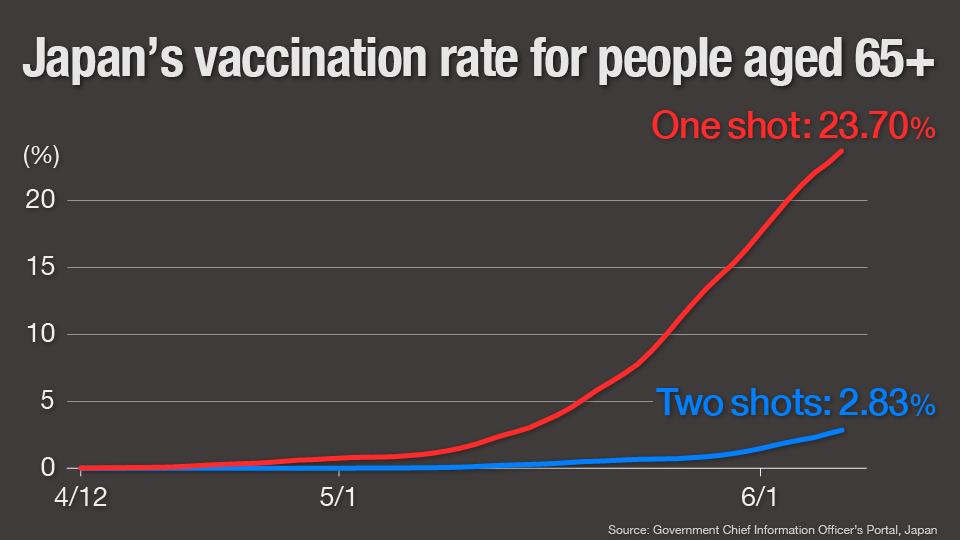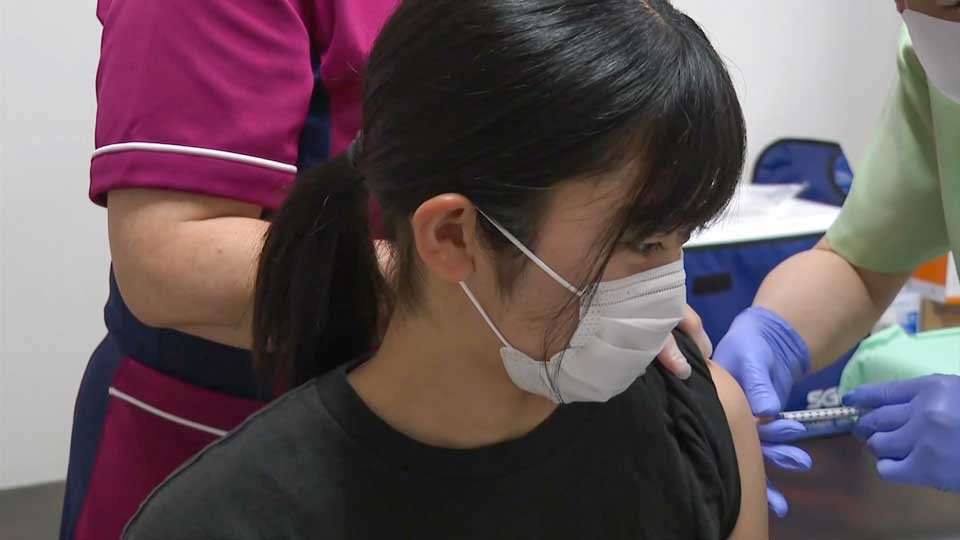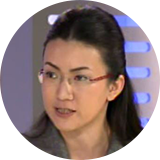The next stage of the national vaccination drive starts later this month. So far, shots have been largely limited to priority groups: medical workers and the elderly.
Data released by the government on Tuesday shows 8,411,792 or 23.7 percent of the nation's elderly people, have received at least one shot. A relatively small number, 1,005,761, or 2.8 percent, have received their second.
Tokyo's vaccination rate for residents aged 65 or older is 26.8 percent, while in Osaka Prefecture the figure stands at 20.9 percent. The numbers represent people who have received at least one shot.
The government aims to complete vaccinations for the elderly by the end of July. To accelerate the process, it opened two large-scale venues, one each in Tokyo and Osaka, on May 24.
The sites have a daily combined capacity of 15,000. Both facilities accept bookings from people in neighboring prefectures.

Vaccination rates differ widely across the country. The village of Kitayama in Wakayama Prefecture is a success story.
With a population of about 430, the village secured enough doses to offer everyone the requisite two shots. It prioritized the elderly, and then opened up vaccinations to all residents over the age of 16 on May 10.
"Everything went very smoothly thanks to the active cooperation of residents, on top of the benefit of a small population," says the village's welfare officer, Kawabe Miwa.
In Tokyo, more than half of the 23 wards that make up the city will start inoculating younger people by the end of this month.
Shinjuku Ward plans to target people in their 20s and 30s, as that age group tends to be more socially active and accounts for a large proportion of ridership on public transportation.

Workplace and university vaccinations are due to start on June 21. Keio University, which has six campuses across Tokyo, has outlined a plan to vaccinate 50,000 people, including outsourced personnel. Its campus in Mita, central Tokyo, will serve as the vaccination site and has a capacity 1,000 people per day.
The government is providing doses of the Moderna vaccine. Keio will use the resources of its university hospital, as well as the alumni association of its medical department, to deliver the shots.
Several other institutions, including Hiroshima University and Osaka University, have also announced vaccination programs.
Possible rebound in cases
Although a state of emergency is in effect in Tokyo, Osaka and eight other prefectures until June 20, many people continue to visit shopping and entertainment districts. Health experts are worried about a possible rebound in cases, even though the numbers are currently falling.
"Even if the number of new infections drops, it could start to surge again in two or three weeks," warns Toho University Professor Tateda Kazuhiro, a member of the government's coronavirus advisory panel. "We should be aware of the risk that such a spike could lead to a fifth wave of infections."
He adds: "It will be important to keep the infection numbers low for several months, and to further promote the ongoing vaccination rollout. We are facing a crucial moment now."

